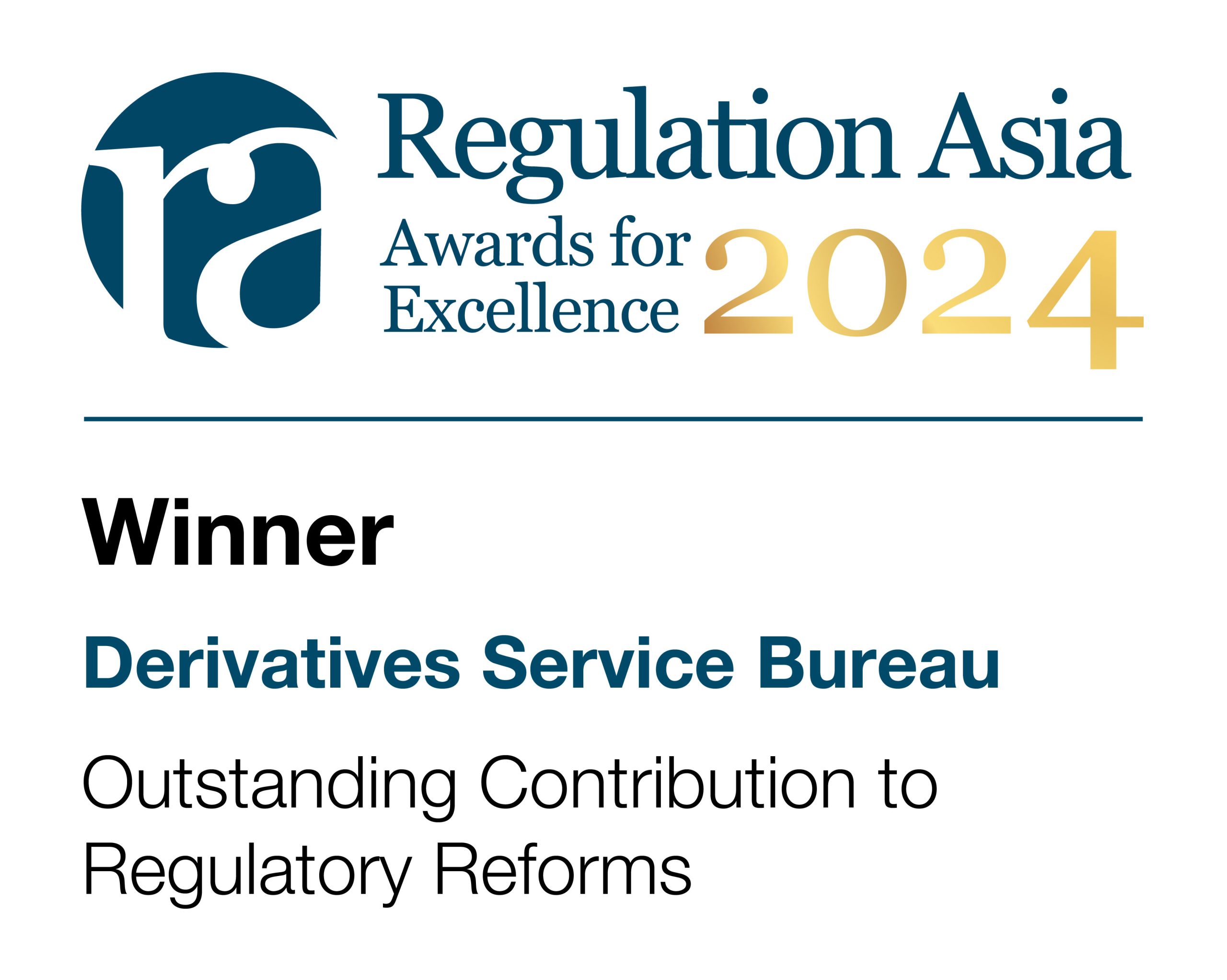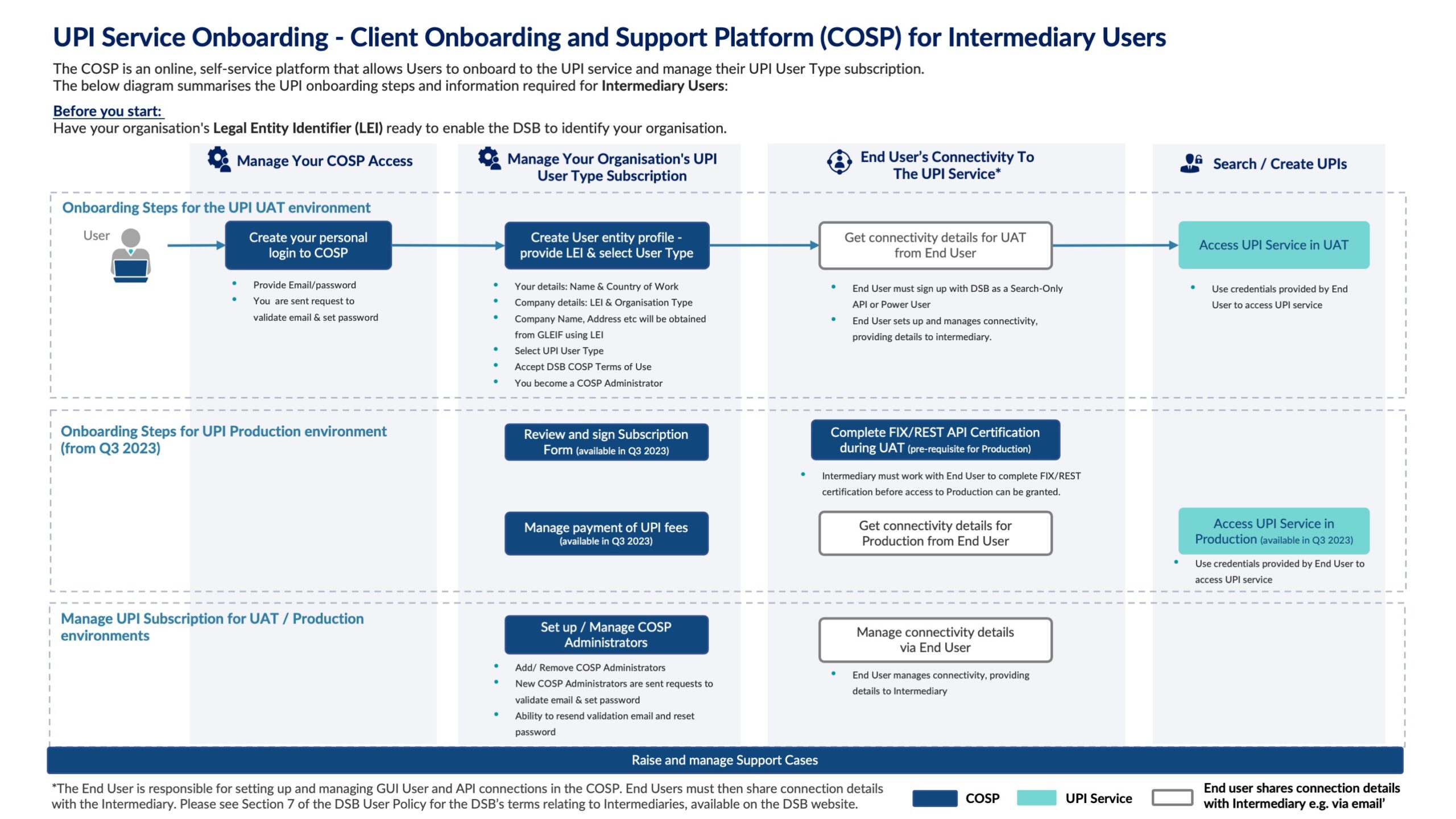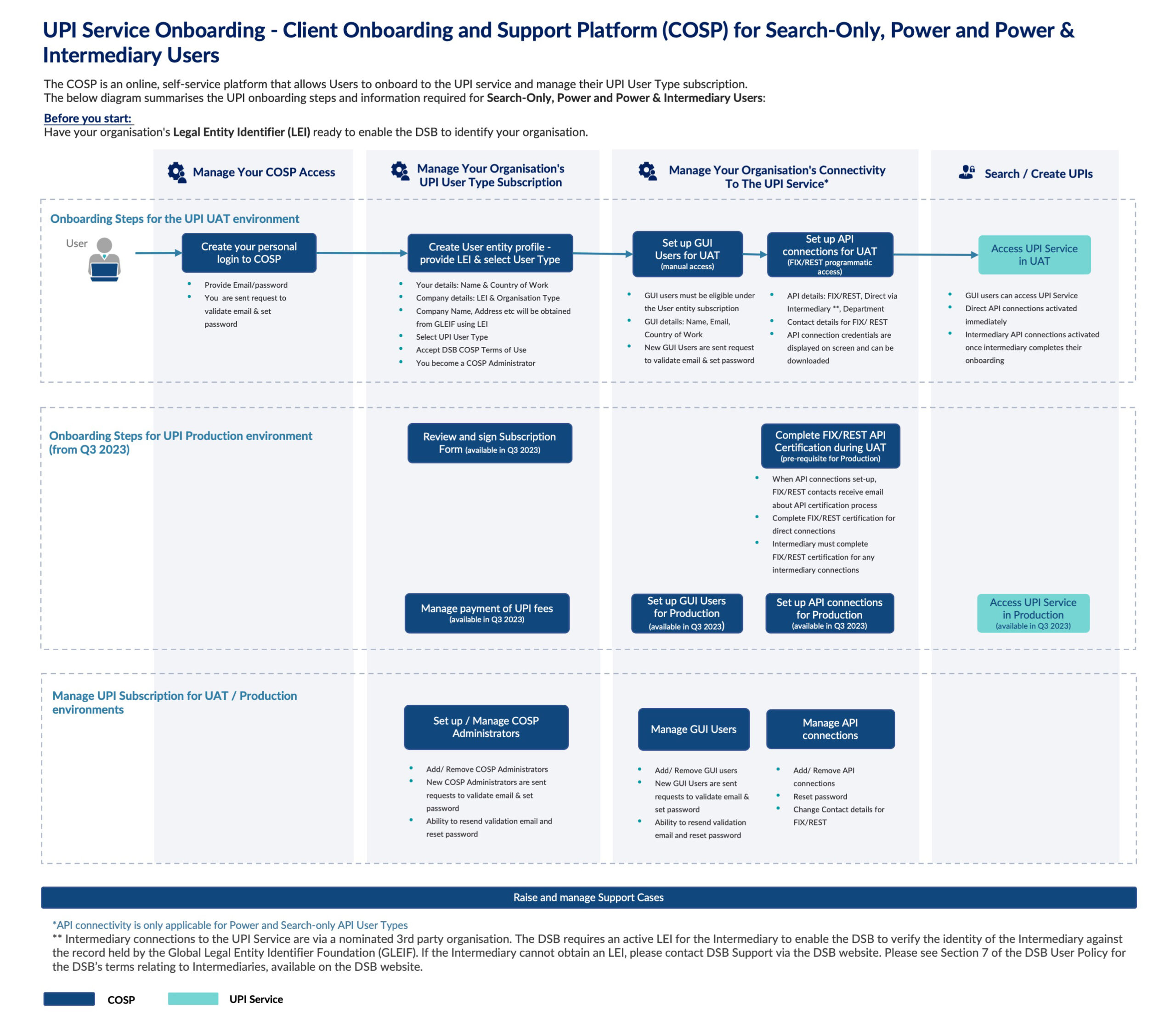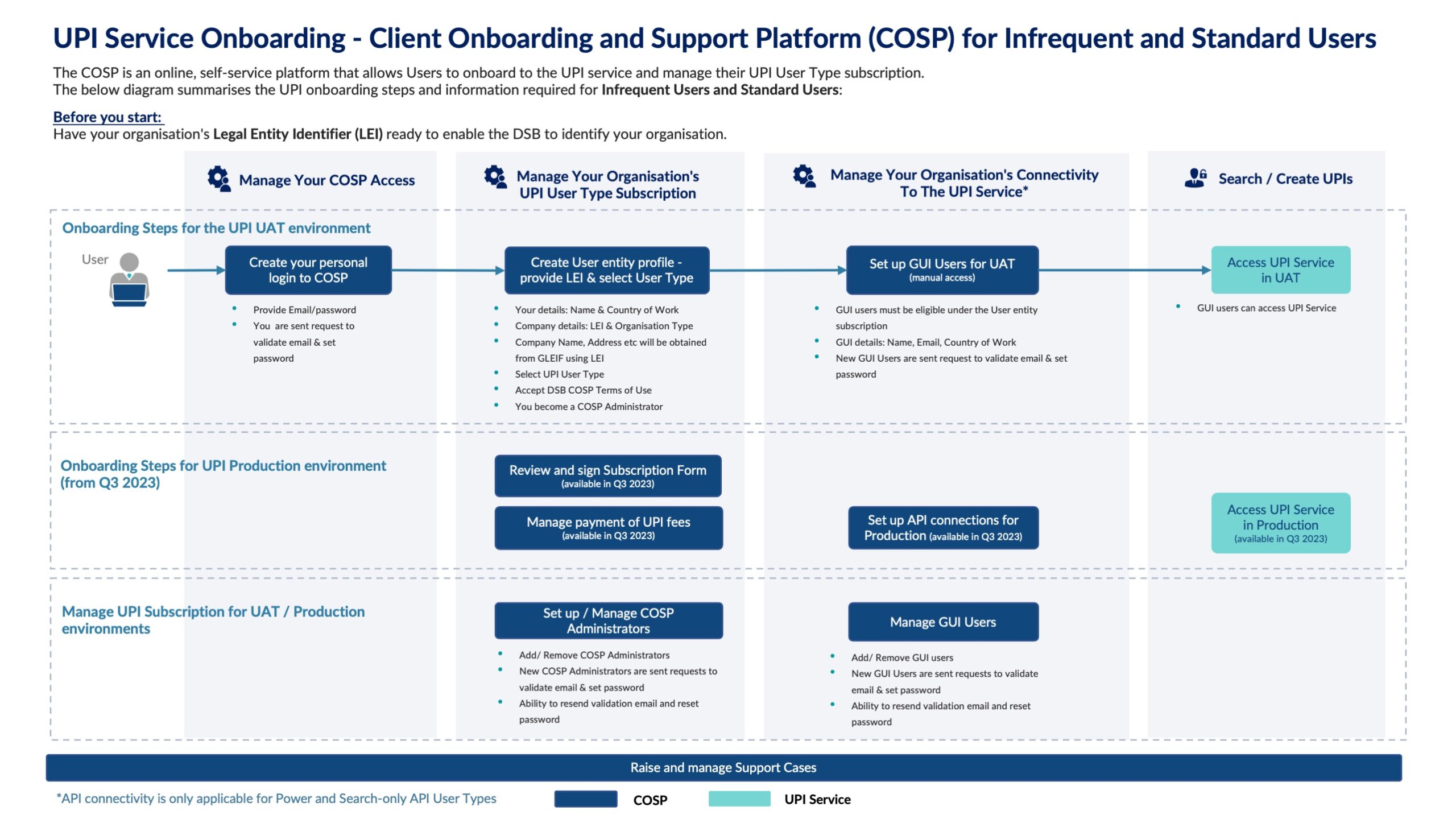First published on Thomson Reuters Regulatory Intelligence on 29th August 2024.
Proposed OTC ISIN modifications, and a look forward to UPI Regulatory Reporting in new jurisdictions
By Emma Kalliomaki, Managing Director, ANNA and the DSB
2024 has already been a significant year for OTC derivative identifiers. The US and EU were the first G20 jurisdictions to go live with their Unique Product Identifier (UPI) reporting rules earlier this year and more countries are preparing for their start dates later in 2024 and into 2025. Alongside this global roll out of the UPI, developed to monitor systemic risk, the European Commission (EC) published draft rules proposing enhancements to the OTC derivatives International Securities Identification Number (‘OTC ISIN’) as part of the EU’s review of price transparency in the OTC derivatives market.
Used in both the EU and UK for market abuse detection and price transparency, local authorities are looking at whether, and how, the OTC ISIN should be refined to serve evolving needs as their markets and regulations evolve. For other jurisdictions, the introduction of the UPI is or will be their first experience of using an identifier for OTC derivatives reporting.
In this article, I share some insights from the DSB on the proposed OTC ISIN modifications and also take a look ahead to those markets that are implementing the UPI reporting later this year and beyond.
Proposed OTC ISIN enhancements: What and why?
The key consideration, when defining identifiers such as the UPI and OTC ISIN, is to determine which attributes to include in the dataset, depending on the identifier’s purpose. When the OTC ISIN was implemented in 2017, the expiry date was included to meet regulators’ needs at the time and, whilst the design works well for many types of OTC derivatives, for some, such as Interest Rate Derivatives (IRD), the expiry date results in the daily issuance of new ISINs for instruments which are essentially the same. Crucially, for transparency purposes, this means comparison across historic prices (i.e. more than one day) is not possible.
With the MiFIR Review, the EC has taken the opportunity to recalibrate the OTC derivatives transparency regime, focusing on a subset of IRDs and Credit Default Swaps (CDS), and is looking at what identifying reference data will facilitate price transparency. The EC’s draft rules, published in June 2024, address the main issue with the OTC ISIN implementation through proposing to remove the expiry date for IRDs whilst preserving the alignment between the OTC ISIN and the UPI. The EC’s final rules are due to be published in the near future.
UPI-ISIN: global alignment
The UPI code and attributes are included in the OTC ISIN and will continue to be required data attributes of any modification to the OTC ISIN to ensure data alignment and global harmonisation.
The choice of an OTC derivatives identifier is sometimes presented as an ‘alternative’ question – to use either the OTC ISIN or the UPI. However, the reality is that users and regulators always have the UPI, due to the intentionally complementary design of the two identifiers. The UPI is the ‘parent’ identifier of the more granular OTC ISIN which was developed in line with the CPMI IOSCO UPI Technical Guidance which specifies “the UPI could be leveraged to create other more granular derivatives identifiers for other purposes”.
The UPI has been defined for reporting OTC derivative transactions to trade repositories for the performance of global aggregation to aid regulators monitor for the build-up of systemic risk. The OTC ISIN builds on the UPI, incorporating additional attributes, to meet market abuse detection and serve transparency purposes which require more detailed information.
UPI reporting compliance gathers pace globally
The development, adoption and maintenance of financial instrument identifiers to support market harmonisation, transparency and efficiency is an ongoing evolving process.
EU UPI reporting is complementary to the ISIN for OTC derivative reporting, which is required for price transparency and market abuse detection under MiFIR, and for aggregating OTC derivatives data under EMIR. This means, broadly speaking, that the EU (and the UK from 30 September 2024) report the OTC ISIN where the EMIR scope aligns with MiFIR, with the UPI being reportable for those derivatives that are part of the broader scope of EMIR.
Based on DSB onboarding data, organisations using the OTC ISIN are leveraging established workflows and connectivity for integration of the UPI, which was an integral component of the EU’s approach, designed to establish cross-regulation consistency and lower reporting burdens for firms.
Elsewhere, UPI reporting is launching in the APAC region on 21 October 2024 with Australia and Singapore UPI regulatory reporting coming into effect, followed by Japan on 7 April 2025. Canada recently announced a start date of 25 July 2025 and Hong Kong has consulted on a start date of 29 September 2025. Further jurisdictions, such as Korea, Saudi Arabia and Mexico, are also actively preparing to introduce the UPI. In July 2024, the DSB hosted a joint webinar with the Saudi Arabian Monetary Authority (SAMA) for local market participants and translated some key materials into Korean and Japanese, at the request of the authorities, to facilitate the introduction of the UPI in their countries.
With the UPI Service still in its first year of live operation, the number of jurisdictions taking such concrete steps to implement the UPI demonstrates the continued importance G20 authorities place on OTC derivative regulatory reform.













